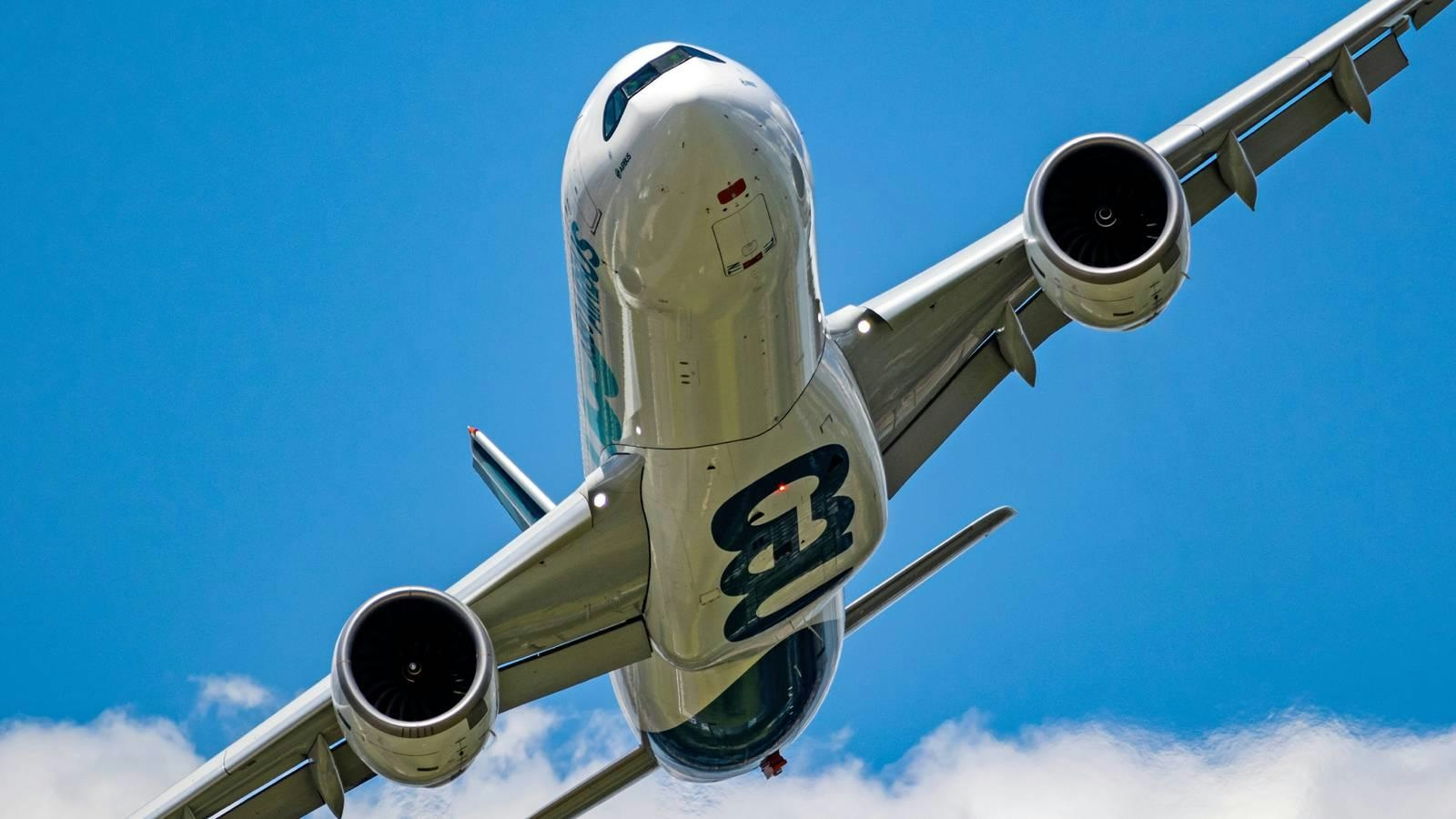
AeroGenie – Ihr intelligenter Copilot.
Trends
Categories
ePlane Collaborates with Dassault Systèmes to Accelerate Electric Air Taxi Development
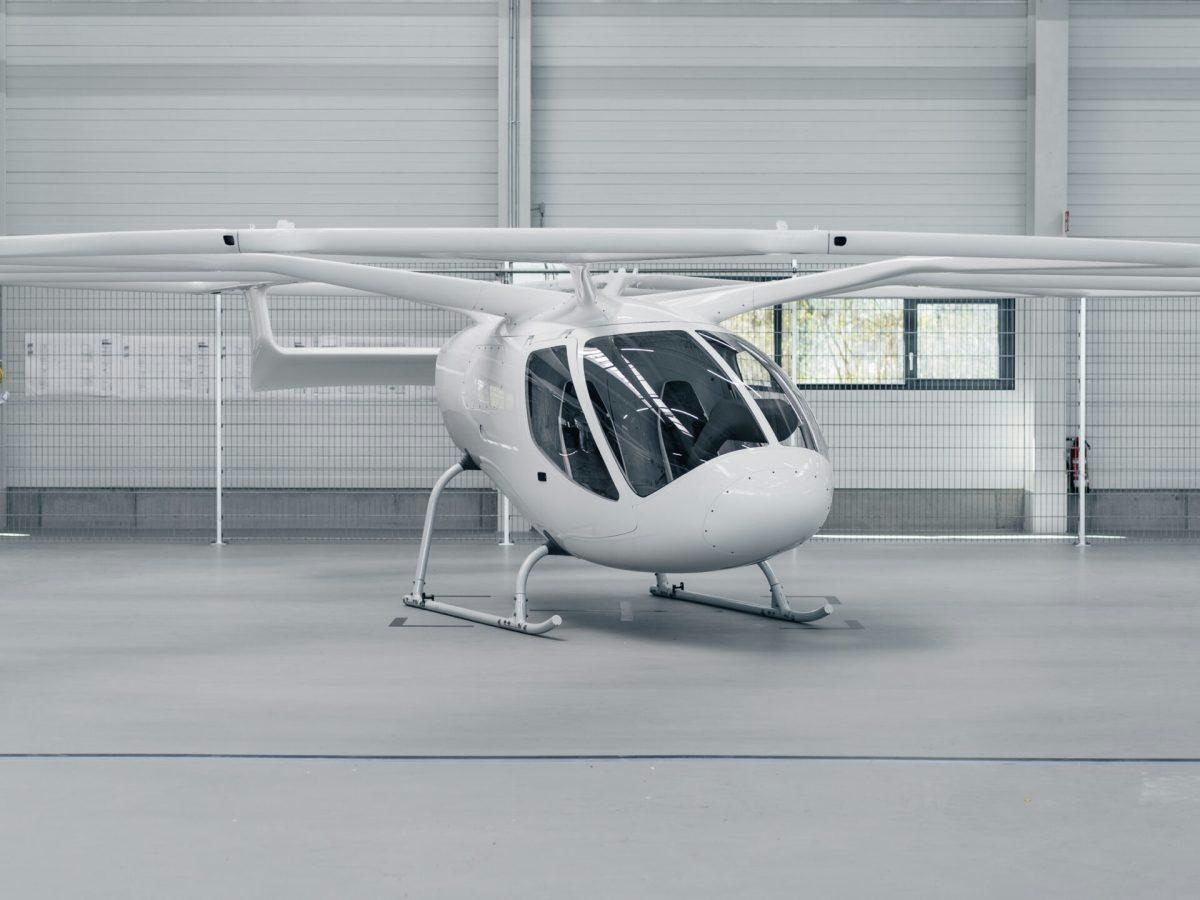
ePlane Collaborates with Dassault Systèmes to Accelerate Electric Air Taxi Development
Indian electric vertical takeoff and landing (eVTOL) startup ePlane has entered into a strategic partnership with Dassault Systèmes, the French leader in 3D design and digital simulation software, to expedite the development of its electric air taxi. This collaboration will enable ePlane to utilize Dassault Systèmes’ cloud-based 3DExperience platform, streamlining design iterations, enhancing engineering collaboration, and accelerating the certification process with India’s Directorate General of Civil Aviation (DGCA).
Advancing Urban Air Mobility with Digital Innovation
Founded in 2019 by Satya Chakravarthy, ePlane is focused on revolutionizing urban mobility through its all-electric, zero-emission e200x air taxi. The e200x is promoted as the world’s most compact eVTOL, featuring an 8 by 10 metre footprint, a range of 115 kilometres, and the capacity to carry a pilot plus a 200-kilogram payload. Notably, ePlane is the first private Indian company to receive Design Organisation Approval from the DGCA for 2-19 seater aircraft. The DGCA accepted the company’s application for Type Certification of the e200x in December 2024, with operational readiness targeted for 2027-28.
Satya Chakravarthy, Founder and CTO of ePlane, emphasized the benefits of the partnership, stating that Dassault Systèmes’ advanced cloud and simulation technologies allow the engineering team to validate designs more rapidly and efficiently, despite the inherent complexities of eVTOL geometries. He highlighted that digital continuity throughout all phases of aircraft development significantly reduces engineering cycle times and mitigates risks associated with critical certification milestones.
Deepak NG, Managing Director of Dassault Systèmes India, underscored the broader implications of the collaboration. He noted that ePlane’s efforts in urban air mobility exemplify the transformative potential of digitalization in aerospace. By leveraging the 3DExperience platform, ePlane is accelerating innovation and achieving efficient, safe, and certifiable development of its e200 air taxi. Dassault Systèmes expressed pride in supporting ePlane’s vision for zero-emission, accessible, and sustainable urban transportation in India and beyond.
Navigating Industry Challenges and Competitive Pressures
Despite the promising technological advancements and strategic partnerships, ePlane faces significant challenges common to the eVTOL industry. Securing adequate funding remains a critical obstacle for startups worldwide. For perspective, UK-based Vertical Aerospace has projected that it will require under $700 million to bring its VX4 electric air taxi to market by 2028, illustrating the substantial investment necessary for certification and commercialization.
The electric air taxi market is also becoming increasingly competitive. Major industry players such as Delta Air Lines, which has partnered with Green Taxi Aerospace to develop electric taxiing systems, and Germany’s Volocopter, which plans to launch four new aircraft types by 2030, are intensifying efforts to obtain regulatory approvals and establish pilot programs. In the United States, the eVTOL Integration Pilot Program is fostering similar initiatives among leading air taxi startups, signaling a global race to achieve operational readiness and regulatory compliance.
As ePlane advances its development with Dassault Systèmes, the company must navigate these financial and competitive pressures while striving to transform urban transportation through sustainable, zero-emission air taxis.
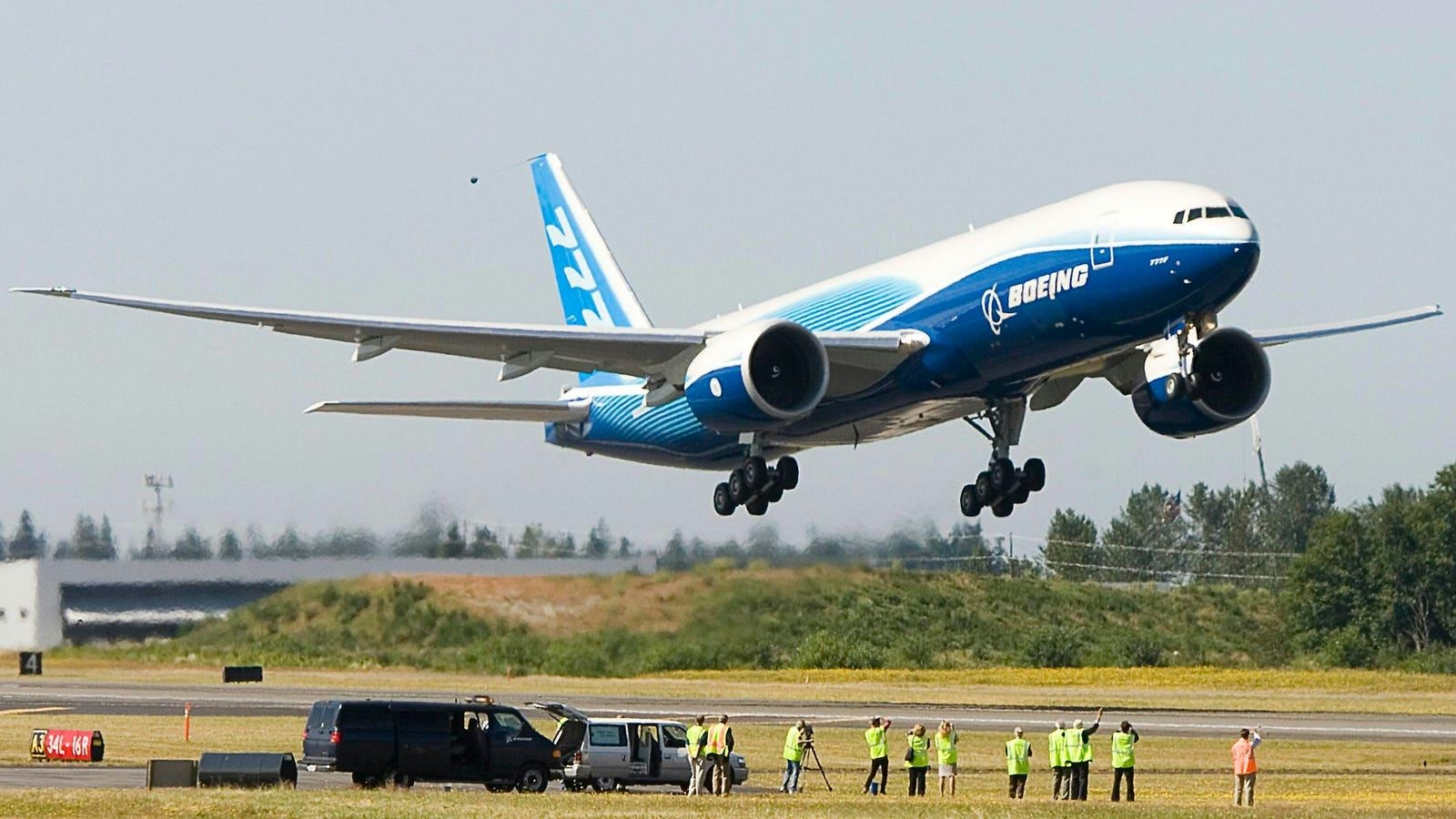
New Aircraft to Succeed the Boeing 777-200LR
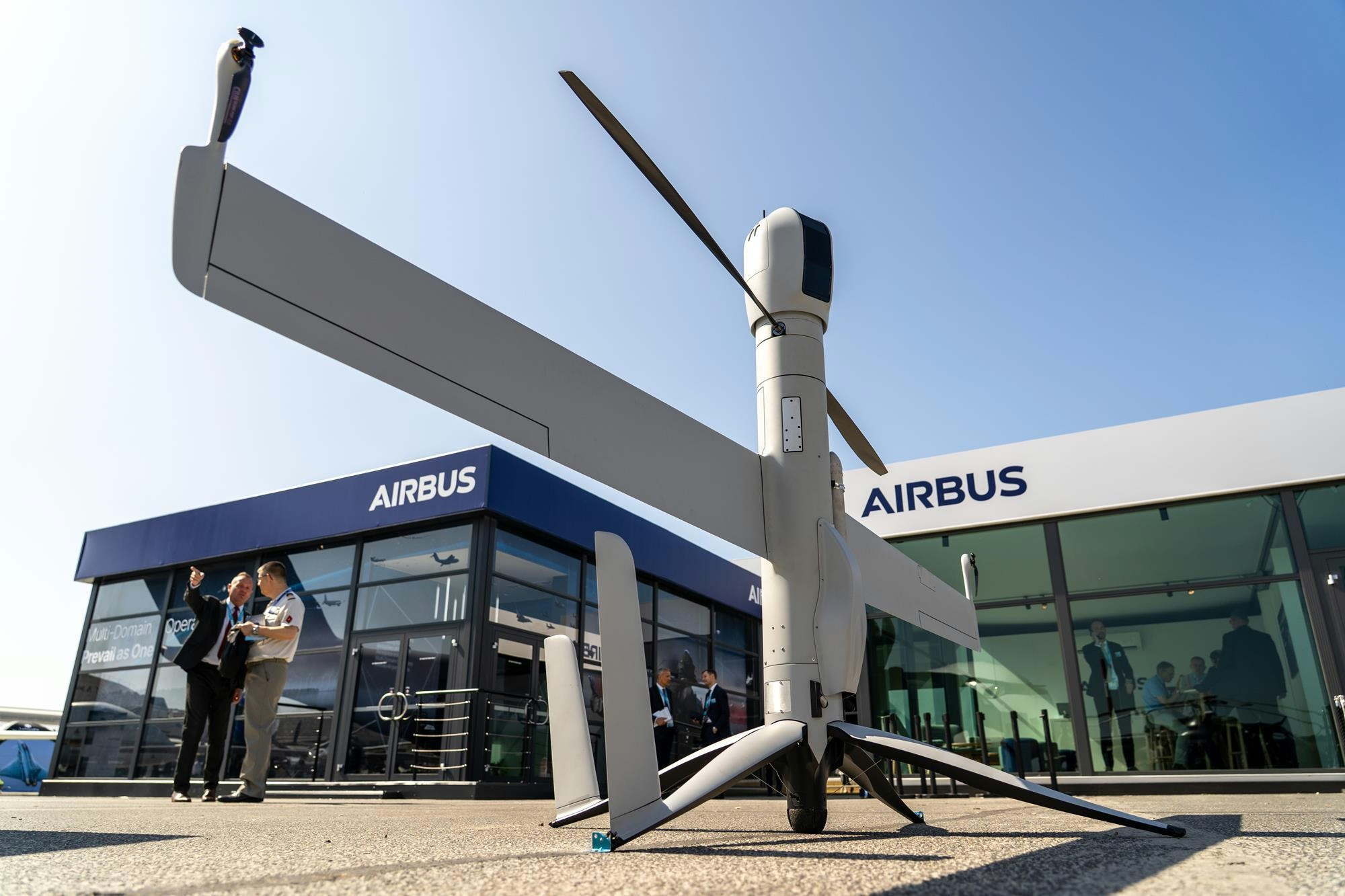
Uzbekistan Becomes First in Central Asia to Order Airbus Flexrotor Drones
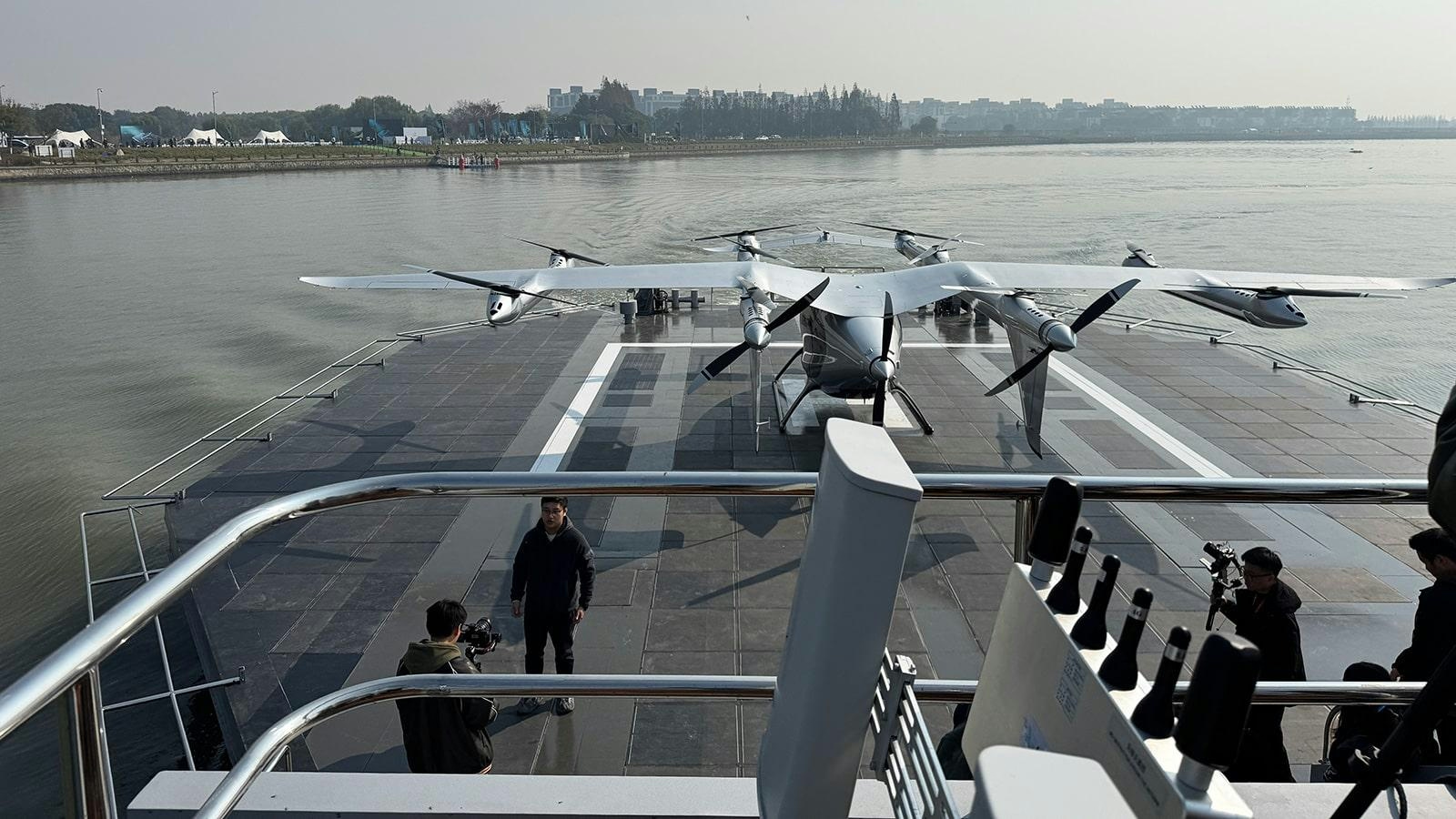
AutoFlight Unveils Zero-Carbon eVTOL Water Vertiport

SmallRig Partners with Photographer Chen Cheng to Advance Aerial Imaging

Aviation Lease Rates Hit Record High
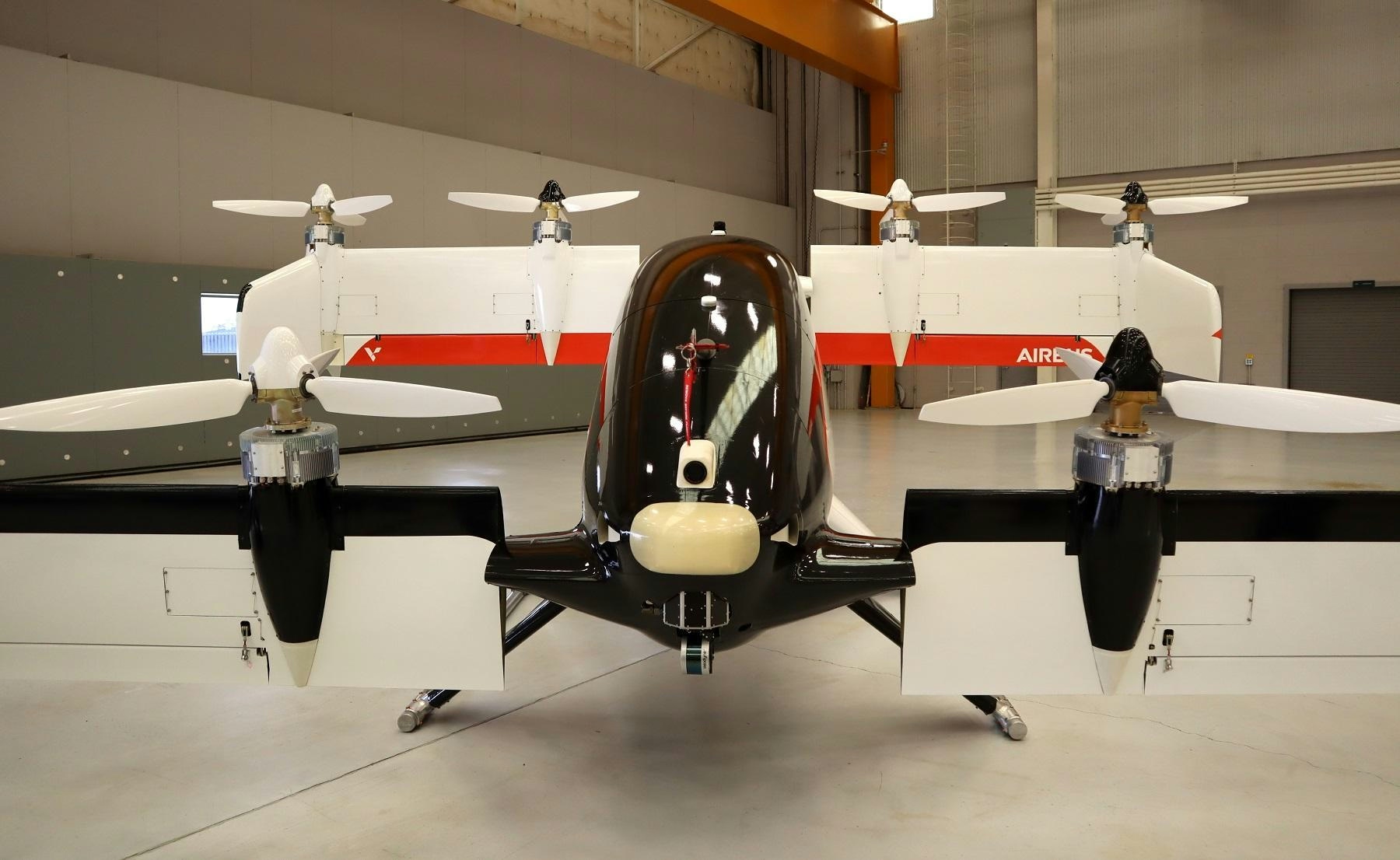
Inside a Four-Seater Flying Taxi Designed for Future Pilotless Flights
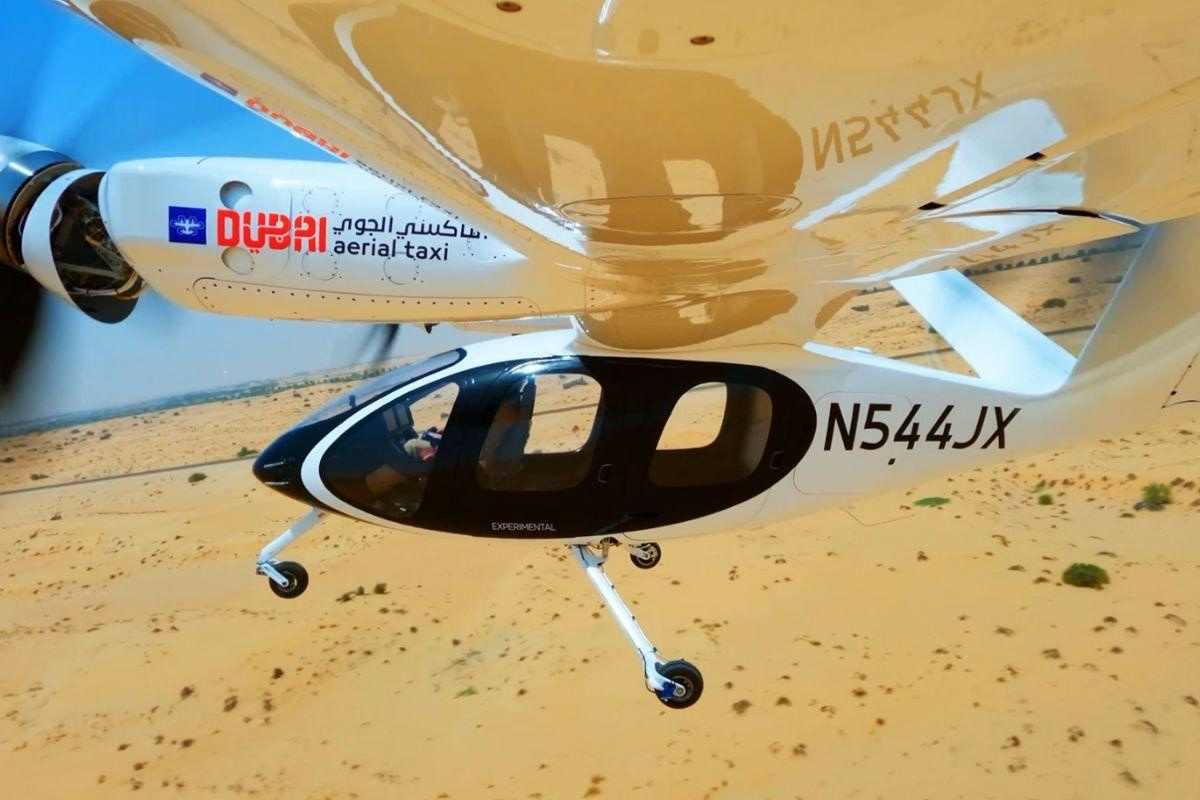
Dubai Prioritizes Public Safety Ahead of 2026 Air Taxi Launch
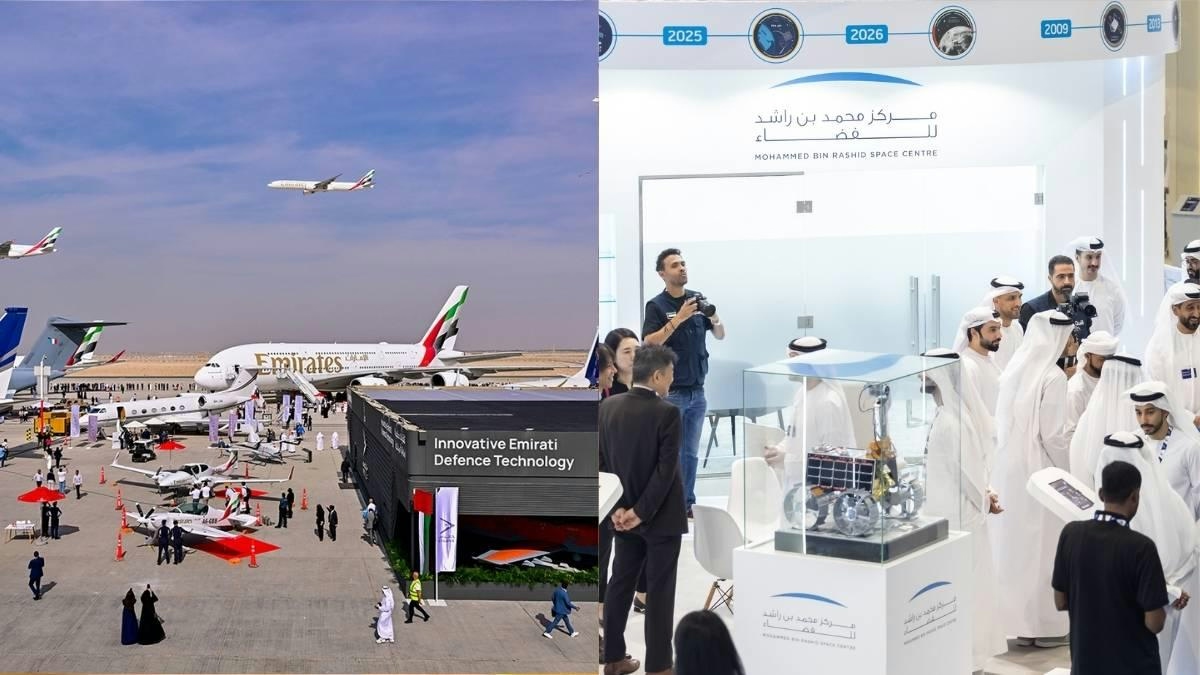
Emirates Airlines Unveils Major Initiatives at Dubai Airshow
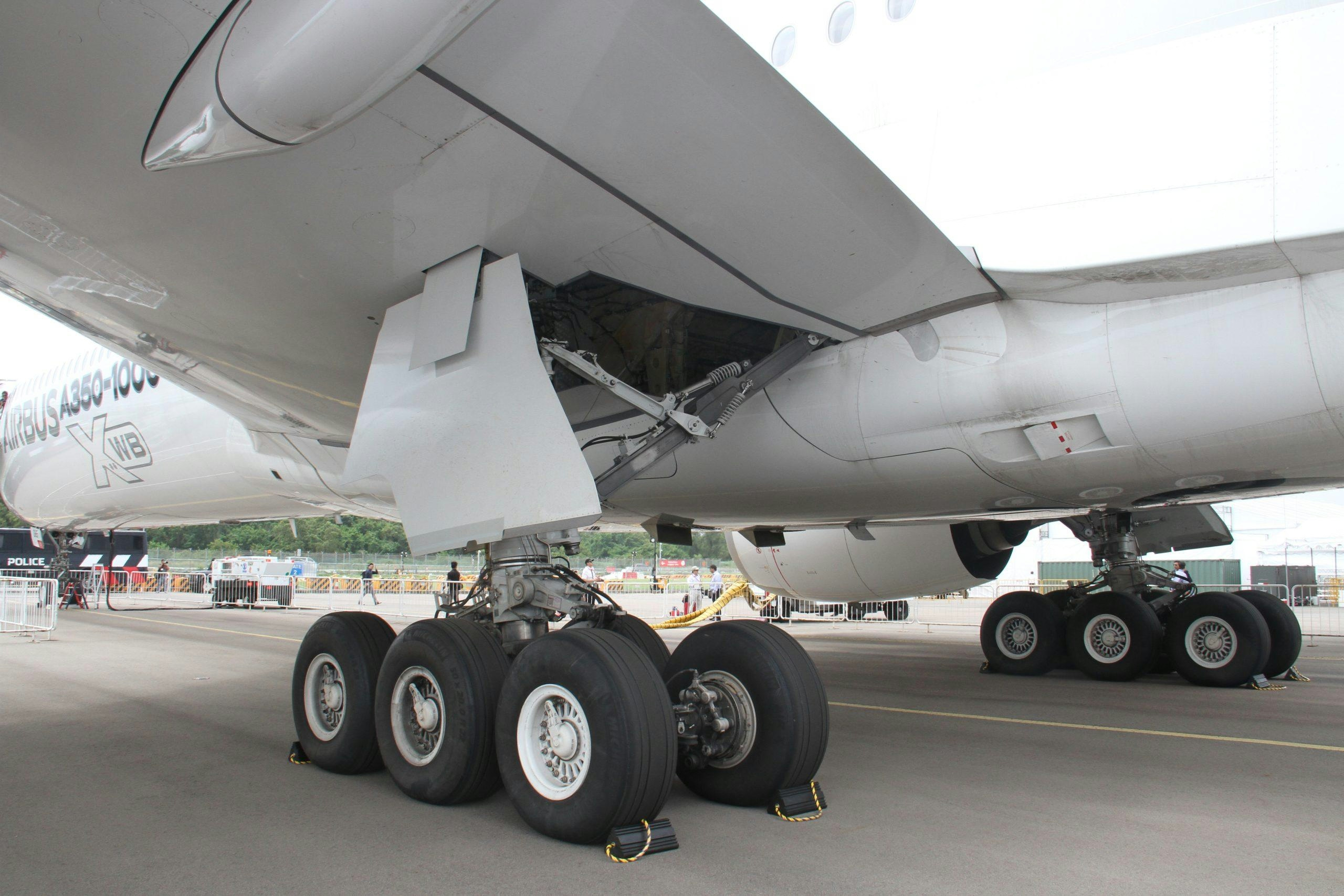
Why Airbus Markets the A350 as a Long-Range Leader
